Vine and Wine in the history of Sicily
Edited by Vincenzo Siragusa di Botingaro
Professor I.P.S.S.A.R. “Paolo Borsellino” di Palermo

Wine has always been a characteristic product of Sicily; it is one of the regions with the oldest wine-growing tradition, as shown by the numerous archaeological finds found and the many literary sources that refer to the renowned Sicilian wines.
Since the Phoenician era (IX-IV century BC settled in western Sicily), the production, consumption and trade of wine is evidenced by the presence of amphorae that were used for transport, and by other types of ceramics, such as jugs and cups, which constituted the “services” normally used for the consumption of wine.
The vineyards had great splendor during the colonization of the Greeks (VIII-III century BC. Settled in eastern Sicily), who introduced some vines such as Grecanico, (which has come down to the present day).
We find depictions of wine scenes on coins, testifying to the developed economic activity linked to wine production.
Everything is evidenced by the archaeological finds found on the island, now preserved and exhibited in the museum of Marsala.

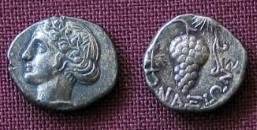
In the III sec. A. C. Sicily became Roman.
Pliny mentioned the Mamertino from Messina, when Cesare toasted the party for his triumph at the third consulate.
In Pompeii, Sicilian wine jars were found, which competed with the local ones from Campania, although they were also appreciated. Remnants of Sicilian wine have also been found in Gaul.
During the decline of the Romans, the class of large landowners established themselves in Sicily, as evidenced by the presence of large rustic villas, known is the Casale in Piazza Armerina, in whose mosaics scenes of the harvest are represented, testifying to the cultivation of the vineyards in the area.
Subsequently, the continuous invasions of the Barbarians in the countryside led to their abandonment, so the cultivation of the vine fell into decline.
In the 9th century the Arabs arrived in Sicily, the vine was no longer cultivated to produce wine, (the Koran forbids taking alcohol) but viticulture took another step forward. The Arabs, in fact, widely cultivated table grapes (raisins) by introducing the Moscato di Alessandria grape (now better known as Zibibbo) was introduced to Pantelleria and it is said that it comes from Capo Zebib (promontory in Africa) opposite the island of Pantelleria.
With the Normans first, and with the Swabians then, viticulture and wine production are back in vogue, the growth was accentuated with the Aragonese and Spanish domination.
During the domination of the Spaniards (1512-1713), vineyards, olive groves and almond groves increased in the internal territories and, where the water and gardens and vegetable crops also abounded.
Nel cinquecento, Tommaso Fazello, in his “De rebus Siculis”, cites the areas of Aci, the countryside (the countryside that extends around the city) of Messina, the plain at the foot of Etna, the Val di Mazara and the plain of Palermo.
In the seventeenth century Andrea Bacci, in his famous “Naturali vinorum historia”, mentions the vineyards at the foot of Mount Erice, those of the territory of Palermo and the island of Lipari.
The importance of wine production in this period is attested by the birth of numerous wine sales shops and the birth of cooper workers in Salemi and Palermo.
During the subsequent dominion of the Piedmontese and Austrians, viticulture experienced a period of crisis; it recovered in the Bourbon era, as attested by the traveler Lucchese G.A. Arnolfini, in his “Travel Journal” of 1776, talks about Sicilian wine that is produced in abundance in all parts of the island.
In 1770, under the dominion of the Bourbons, an English merchant from Liverpool Jonh Woodhouse tasted a wine in Trapani, liked it and decided to export it to England, fearing that during the trip the wine could be ruined he decided to fortify it with alcohol, empirically writes the Marsala formula. Returning to Sicily in three years he builds cellars and warehouses tying the farmers who produce the white and sugary grapes beaten by the Sahara sirocco to himself. Developing the Marsala wine trade with England. For half a century the producers of marsala were British. Benjamin Ingham also opened several factories in Marsala and Mazara.
In 1773 the first 50 “blowjobs” (20,000 liters) left for England. (400 liter barrel).
But to exalt the development of the Marsala trade, the entrepreneur Vincenzo Florio contributed predominantly.
In 1862, Garibaldi visited the Florio factory, drank and praised the sweet Marsala which from then on was called “sweet Garibaldi”.
In 1880 the invasion of phylloxera (Philloxera Vaxstratis – insect harmful to the vine) destroyed a large part of the island’s vineyards, and the vine marked a setback, and was replaced by other crops.
At the beginning of the twentieth century (1900) the grafting technique on American vine resistant to phylloxera spread and the vine began to green again.
For many decades our alcohol-rich and color-rich wines were exported to France as cut wines.
The crisis following phylloxera and the trade war with France marked the end of the production of wines with high alcohol content and intense color.
In the 1960s, the phase of reorganization and revitalization of viticulture began in Sicily, which gave excellent results and led to today’s diversified, modern, high quality production, with wines with a lower alcohol content than before, perfumed and fresh.
Precisely for this reason in 1950 the Sicilian Parliament felt the need to create an entity that would enhance this production, thus the I.R.V.V.
1) research and wine experimentation, (which consists of continuous research by agronomists), on the expansion and quality improvement of areas cultivated with vines, through the enhancement of indigenous vines and the introduction of new vines of authorized varieties so that they can enhance the final qualities.
2) Promotional actions aimed at requalifying Sicilian wine and spreading a positive image to conquer new spaces in national and international markets.
Promotional actions, advertising campaigns, public relations, participation in fairs, wine competitions, tastings, conferences etc. are implemented.
The producers start moving by participating in national and international fairs, such as vinitaly, vinexpo, even in fairs abroad as in London
It is in the late 80s and early 90s that the beginning of the modern history of Sicilian wine can be indicated.
Sicily’s ability to produce quality white wines is strengthened both with native vines such as Inzolia, Catarratto, Grillo, and with allochthonous vines, such as Chardon-nay, Muller Turgau and Sauvignon.
In the nineties the experimentation and production of high quality red wines began with the autochthonous Nero d’Avola grape and the allochthonous Cabernet, Merlot, Syrah, Pe-tit Verdot and Pinot nero.
The undisputed protagonist of this new course is Nero d’Avola, which even in assembly with other international vines manages to characterize and mark the wine itself, not only for the chromatic aspect, but above all because it gives the wine a typicality attributable to the flavors Mediterranean.
Vincenzo Siragusa di Botingaro
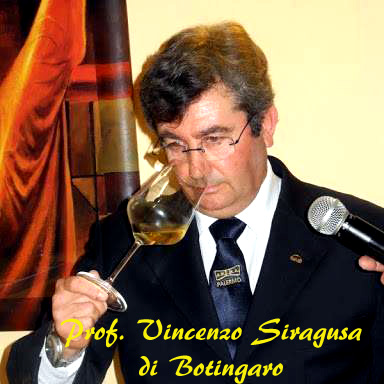
My name is Vincenzo Siragusa of Botingaro, since 1980 I have been working as Technical-Practical Professor of Sala Bar at the I.P.S.S.A.R. “Paolo Borsellino” of Palermo. During my forty years of experience in the Hotel Institute, I have never stopped participating in all those professional updating and enrichment activities both from a didactic and practical point of view.
Simultaneously with the role of teacher I played the role of Maître d’Hotel and to give more depth and value to my profession, in the 90s I participated in the three-level course as a professional sommelier carried out by the A.I.S.
The commitment to the profession led me to carry out duties as Director of Catering and Banqueting up to the management of catering facilities.
In all these years, in addition to the practical activities for the pupils inside my school, I have had other professional teaching assignments that have allowed me to accompany them in their training, not sparing my participation in all those activities of opening to the territory in which our institute was called to be an example.
Also during my long school career, I had the opportunity to accompany the boys in professional training courses, (from the Danieli of Venice to various hotel facilities both in Italy and abroad, up to experiences on the Costa Cruises). During these years I have trained hundreds, if not thousands of pupils, who today carry out prestigious assignments always in the field of catering (Maître d’Hotel, F&B, restaurant owners, teachers at Hotel Institutes).
Lastly, I received from MIUR UFF. REGIONAL SCHOOL FOR SICILY – REGIONAL DIRECTION, position as member of the commission for placing on the role for the competition class B021; “Food and Wine Service Laboratories, Hall and Sales Sector”.
Today, as always, I am ready to reach new goals, trying to enrich my cultural and professional background more and more in order to transmit to the young people who want or have already undertaken this activity that love and dedication to work that have always distinguished me.

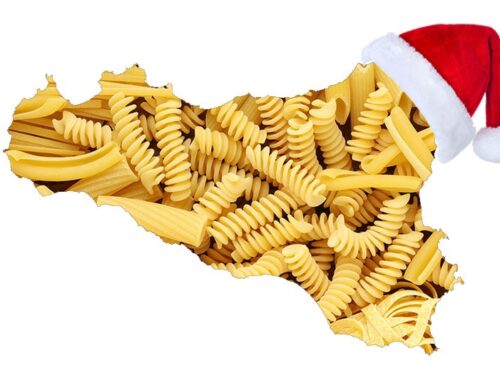
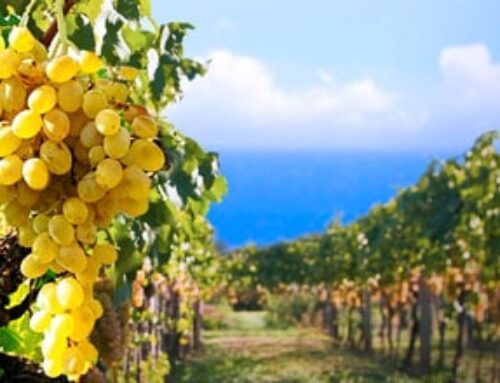

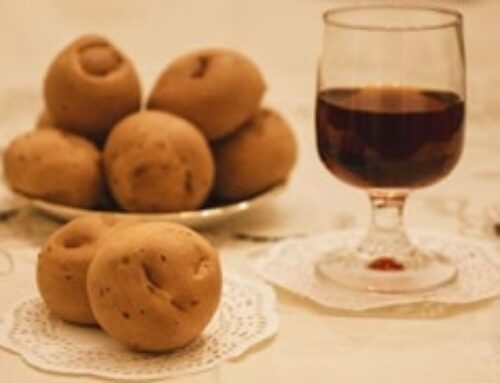
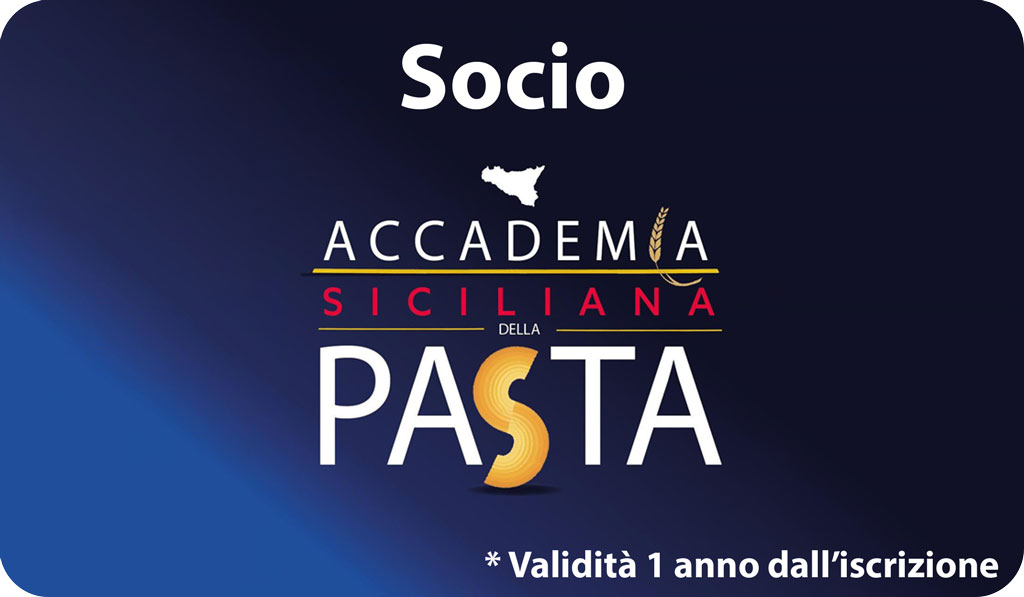
Leave A Comment